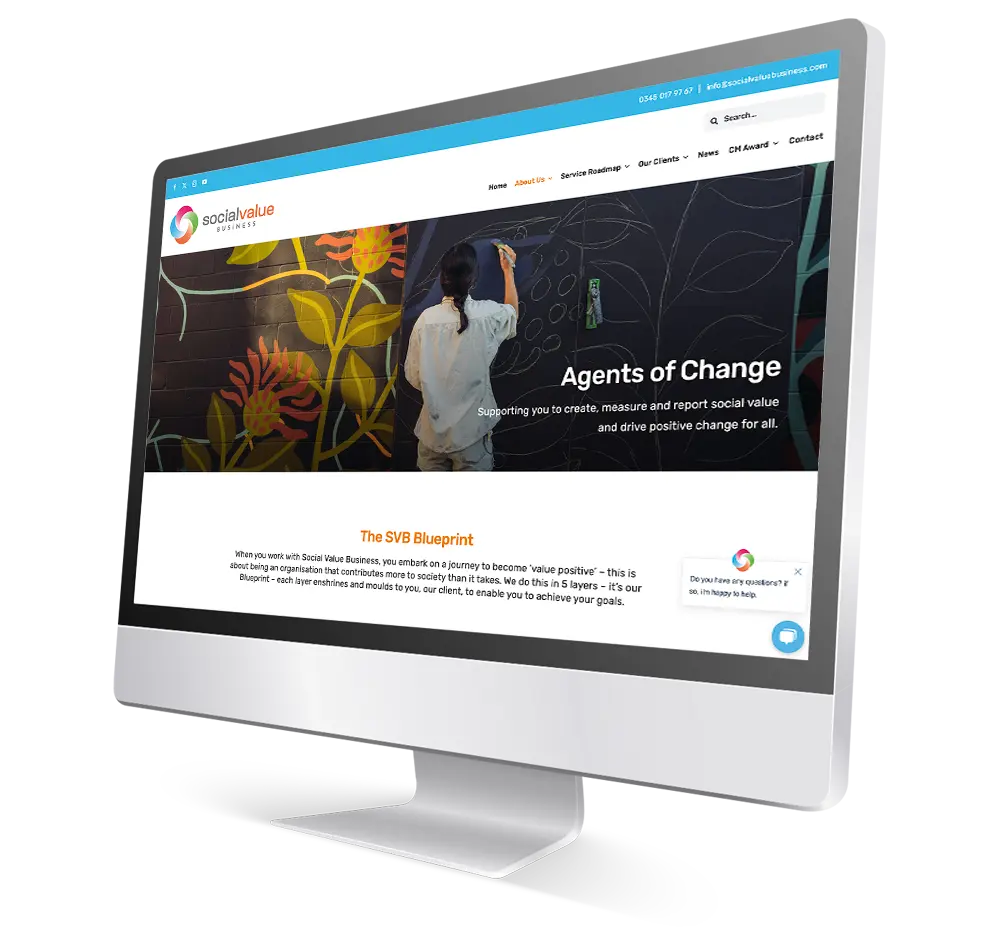The Ultimate Overview to Modern Web Site Layout Trends
In the ever-evolving electronic landscape, contemporary site design fads play a critical function fit user experience and involvement. From the rise of minimalist design principles that focus on simpleness to the effect of vibrant typography in specifying brand identity, each element adds to a natural on-line visibility. The emphasis on mobile-first and receptive techniques, alongside cutting-edge microinteractions, better enhances usability. The expanding focus on sustainable web layout methods shows a commitment to environmental responsibility. These patterns collectively increase important questions concerning the future of effective internet layout and what it implies for consumers and organizations alike.
Minimalist Layout Concepts
Minimalist design principles stress the concept that less is a lot more, advocating for simplicity and capability in visual communication. This technique strips away unneeded components, concentrating rather on necessary parts that share the desired message effectively. By focusing on clarity, minimalist design improves individual experience, allowing site visitors to navigate sites easily.
Core tenets of minimalist style consist of making use of enough white space, which creates a sense of equilibrium and organization. This unfavorable room not only directs the viewer's attention to crucial elements yet additionally fosters a calming aesthetic environment. Furthermore, a limited color combination is often used, utilizing single schemes or soft hues to keep visual communication and prevent overwhelming the user.
Typography plays a crucial duty in minimal layout, where readable fonts are picked for their simpleness and performance in interacting web content. Graphics and pictures are used moderately, guaranteeing that they serve a purpose as opposed to distract from the overall message. Eventually, minimalist design concepts grow a concentrated atmosphere that urges individuals to engage with the content, boosting the total efficiency of modern website style. This fad mirrors an expanding admiration for thoughtful, user-centric aesthetics in electronic spaces.
Bold Typography Options
Accepting bold typography selections has become a defining quality of modern website style, as it properly records focus and shares strong messaging. Developers are significantly utilizing typography not just as a functional element yet as an essential visual component that boosts the overall aesthetic and user experience.

In addition, the association of strong typography with minimal design principles permits striking contrasts, improving readability while preserving visual appeal. Making use of whitespace around strong message even more emphasizes its significance, guaranteeing that the message resonates with the target market.
As digital landscapes become more competitive, leveraging bold typography enables brands to distinguish themselves and leave an enduring impression. The cautious option of font styles and their application can stimulate emotions, establish tone, and drive activity, making bold typography a crucial tool in contemporary website style. Inevitably, it is an effective method to improve narration and ensure that crucial messages are not just seen but also really felt.
Mobile-first and receptive Style
Responsive and mobile-first style has actually emerged as an important concept in contemporary internet site advancement, showing the raising reliance on smart phones for accessing on the internet material. As customer habits shifts in the direction of mobile surfing, developers should prioritize producing experiences that adjust perfectly across numerous screen sizes and resolutions.
A responsive style guarantees that a website automatically readjusts its layout, images, and capability based on the tool being made use of. Mobile-first style advocates for developing internet sites initially for smaller screens, consequently scaling up to larger screens.
Implementing mobile-first and responsive principles not just satisfies user preferences but likewise straightens with search engine optimization (SEARCH ENGINE OPTIMIZATION) techniques. Major search engines, like Google, prioritize mobile-friendly internet sites in their rankings, making it critical for businesses to take on these layout strategies. In a competitive electronic landscape, accepting responsive and mobile-first layout is not just a choice; it is vital for guaranteeing availability and interaction with a varied target market.
Involving Microinteractions
Microinteractions play a critical duty in enhancing customer engagement and total web site experience, particularly in the context of receptive and mobile-first design. These subtle layout aspects provide instant comments to individuals, making communications a lot more intuitive and enjoyable. Instances consist of switch computer animations, alert signals, and loading indications, which check that not only guide customers yet likewise produce a sense of connection with the user interface.
Incorporating interesting microinteractions can dramatically improve usability by reducing cognitive lots. When users obtain visual or auditory feedback upon doing actions, such as clicking a switch or submitting a form, they really feel extra certain in their options. This cultivates a smoother navigating experience, eventually increasing customer retention.

As website style trends remain to advance, the value of microinteractions can not be overstated. They offer continue reading this as the subtle yet effective touchpoints that transform regular communications right into phenomenal experiences, thus raising the general performance of modern website design.
Lasting Web Design Practices
Lasting website design practices are becoming progressively crucial as the electronic landscape grows and environmental issues rise. Designers and designers are acknowledging their duty to develop web sites that not just offer customer demands yet additionally lessen environmental effect. This technique includes a number of crucial methods.
First of all, optimizing energy intake is critical. Web sites ought to be made to load quickly and effectively, which reduces server power use and improves individual experience. Methods such as picture compression, minimizing HTTP requests, and utilizing modern-day coding methods add dramatically to this objective.
Secondly, picking green holding service providers is essential - website design. Numerous hosting companies are now powered by renewable resource sources, allowing internet sites to run in an extra sustainable fashion. This selection shows a dedication to minimizing carbon footprints
Moreover, taking on a minimal design can enhance sustainability. Fewer components on a web page result in much less data transfer, which not just speeds up packing times yet likewise conserves resources.
Last but not least, promoting electronic access ensures that sites get to a larger target market without unnecessary bloat, aligning customer experience with environmental obligation. By integrating these lasting methods, web developers can add positively to both customer involvement and the world's well-being.
Conclusion
In recap, modern internet site style trends emphasize the integration of minimal principles, vibrant typography, article source and receptive style to enhance individual experience. Taking on these patterns is vital for developing impactful electronic experiences that resonate with customers in an increasingly affordable on-line landscape.
In the ever-evolving digital landscape, modern website design fads play an important role in shaping user experience and involvement. By prioritizing clearness, minimal layout enhances user experience, enabling site visitors to navigate websites effortlessly.
Inevitably, minimal layout principles grow a focused atmosphere that motivates individuals to involve with the content, improving the total effectiveness of contemporary web site layout.Microinteractions play a crucial role in improving customer engagement and general internet site experience, particularly in the context of receptive and mobile-first layout.In recap, contemporary website design patterns highlight the assimilation of minimal principles, strong typography, and receptive style to boost customer experience.